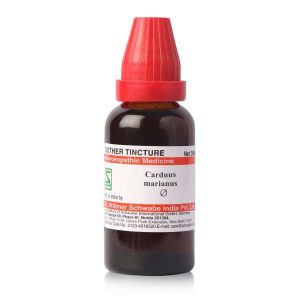
Comprehensive Natural Support for Vascular Health, Immunity, & Sexual Wellness,PTK.3 Aesculus Pentarkan, Echinacea angustifolia 1x & Damiaplant
Haemorrhoids and varicose veins are common vascular disorders that can cause significant discomfort and complications if left unaddressed. These conditions result from weakened or dysfunctional veins, leading to swelling, congestion, and impaired circulation. While they are often seen as separate issues, both share common risk factors and underlying causes related to venous insufficiency and increased pressure on the blood vessels. Haemorrhoids, commonly known as piles, occur when veins in the anal region become swollen and inflamed. These can be classified as internal or external, depending on their location relative to the dentate line. Internal haemorrhoids develop inside the rectum and may prolapse, bleed, or cause discomfort, while external haemorrhoids form under the skin around the anus, often resulting in painful thrombosis. Research suggests that haemorrhoids are prevalent among individuals aged 21-50, with men being more commonly affected than women. Key contributing factors include chronic constipation, excessive straining during bowel movements, consumption of spicy foods, alcohol intake, emotional stress, and sedentary lifestyles.

























